A version of this article previously appeared on A Peaceful Living.
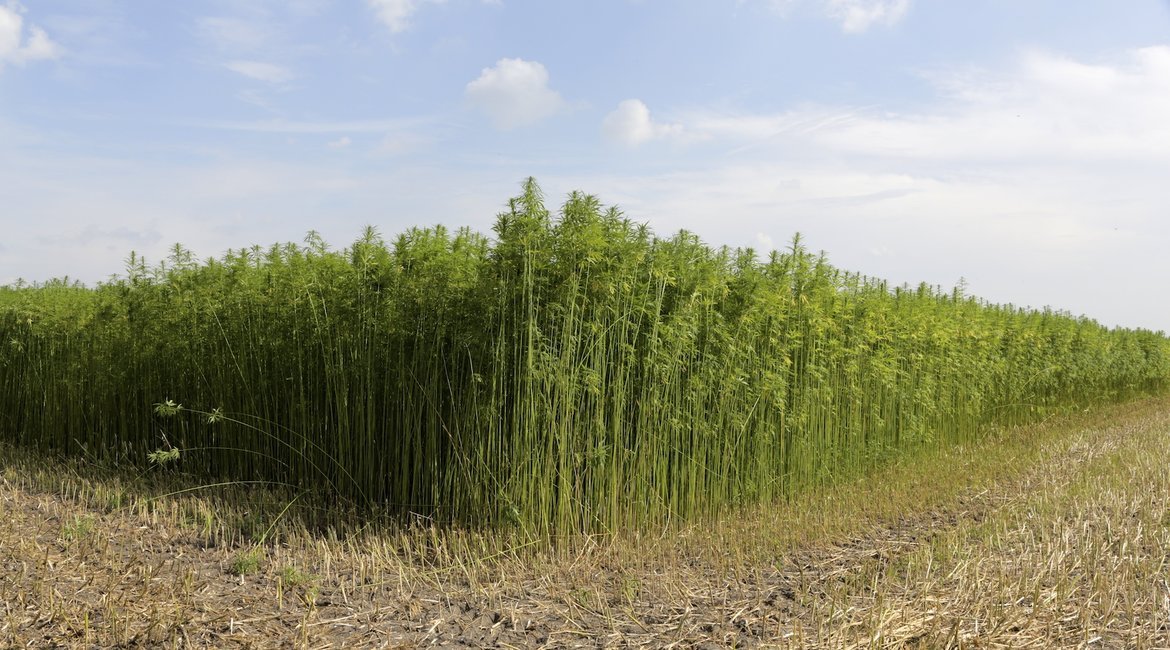
It’s Earth month, so hopefully, you’ve been considering the many ways your habits, routines, and purchasing habits might impact the environment.
We’re always reminded to be kinder to our planet by recycling at home or conserving water by taking shorter showers or getting more wear out of our clothes before washing. But, there are a number of other things we can do that might take a bit more effort or getting used to–but can have a larger positive impact!
One relatively simple way to be a bit more eco-conscious is to shop for clothing made from more sustainable textiles.
Here are 4 spring/summer styles from brands I love, who utilize at least one of the eco-friendly fabrics I’ve described below.
If none of the brands I suggested tickle your fancy, try to find brands that you like who use any of the materials I’ve described below, or look for styles made from these fabrics from brands or shopping destinations you already like. Every year more mainstream brands have been adding eco-conscious capsules to their collections, which it makes it easier for you!
Organic Cotton
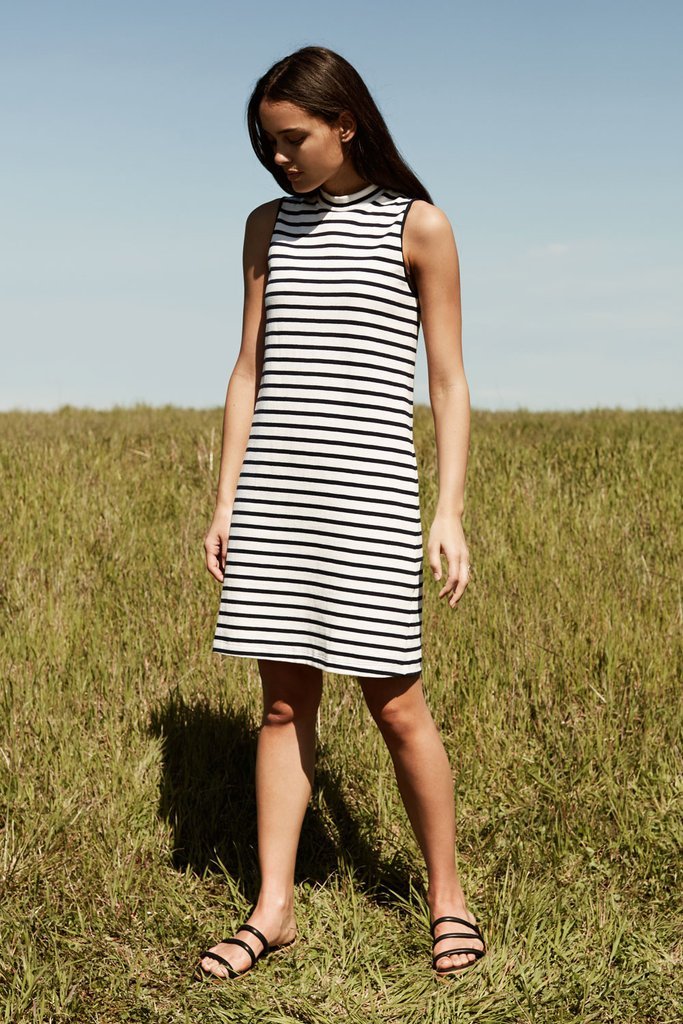
The Nala Dress, Amour Vert
Cotton is among the thirstiest of agricultural crops requiring an astounding 20,000 liters of water to produce just 1 kg of cotton (or roughly 5200 gallons for 2.2 lbs). Accounting for half of the fiber used to make clothing and other textiles worldwide, it’s more than likely that you have a number of cotton or cotton blended items hanging in your closet right now. And although cotton is grown on just over 2% of global agricultural land, it comprises about 24% and 11% of the global sale of insecticide and pesticides respectively. These chemicals run off into soil, polluting groundwater and rivers, and are also dangerous to the farm workers who use them. Some chemicals used in cotton farming are especially poisonous to wildlife and humans. Aldicarb, for example, is known to be extremely poisonous but is still among the most widely used insecticide in the cotton farming industry, despite the fact that it has been found in groundwater in regions where it is used, putting communities at risk.
Another unfortunate consequence of utilizing poisonous insecticide and pesticide is the irreversible poisoning of agricultural lands; in other words, once fertile land becomes so toxic it is rendered useless.
Organic cotton, on the other hand, is more sustainable and better for the environment than conventional cotton. A relatively recent life cycle assessment study of organic cotton, commissioned by the Textile Exchange, measured the global warming potential, soil erosion and soil acidification, water use and consumption, and energy demand of organic cotton using data from producers in the top five countries of organic cotton cultivation. These results were then compared to a separate study of conventional farming. It comes as no surprise that the results show that there are clear benefits to organic vs conventional cotton across all measures. For example, the global warming potential of organic cotton is 46% less compared to conventional cotton. That’s huge!
Other brands using organic cotton in some or all of their clothes: Sotela, Eileen Fisher, Patagonia, Groceries Apparel, Good Society Denim
Recycled Textiles or Deadstock Fabric
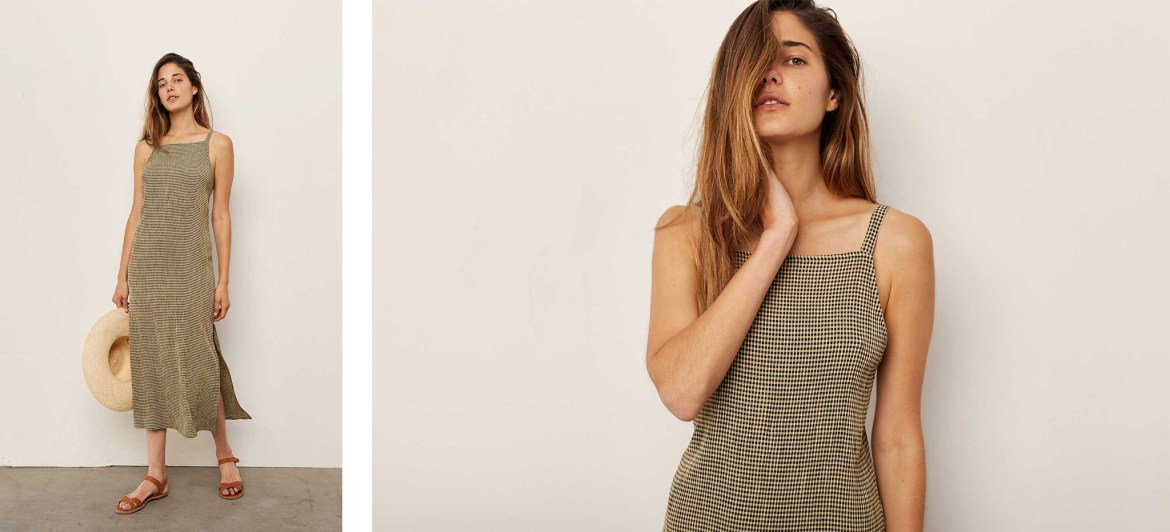
The Orchid Dress, Christy Dawn
Wearing clothes made from recycled and deadstock fabrics helps to keep textiles from taking a trip to their final destination where they’ll languish forever: the landfill. Crafting clothes from existing fabric saves a whole lot of water, which the planet also appreciates.
This is the Orchid dress by Los Angeles-based brand, Christy Dawn, who makes all of their pieces from deadstock fabrics. This means that your purchase is not only better for the environment, but that there is a limited run of each style due to the nature of working exclusively with deadstock.
Other brands using deadstock or recycled materials: Nicora shoes, Reformation, Margaret and Hermione, Re/Done
Hemp
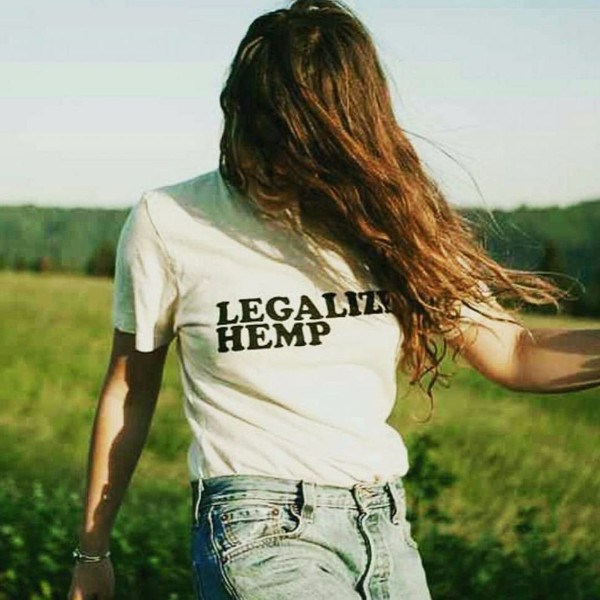

Legalize Hemp tee, Jungmaven (hemp and organic cotton blended tee)
Yarn Dyed Striped Short Sleeve, Jungmaven
The thought of hemp-based clothing might bring hippy-dippy fashions to mind for some, but the industrial hemp plant (not to be confused with marijuana!) deserves to be liberated from its stereotypes and misconceptions because it truly has a lot to offer.
The cultivation of hemp has numerous environmental benefits, especially when compared to its very thirsty friend cotton. One of the oldest crops of mankind, hemp enriches the soil in which it’s grown and requires the use of very little or no pesticides or insecticides. A very versatile plant, industrial hemp is utilized in a wide range of products including: clothing, cosmetics, textiles, paper, construction, and beverages. Proponents of hemp tout its versatility, but, as of late, the emphasis has been placed on its purported ability to help mitigate climate change in significant ways. I cannot verify the accuracy of this, but much of what I read claims that industrial hemp has the ability to act as a “carbon sink” by absorbing and sequestering CO2 from our atmosphere better than forests or any other crop. Honestly, the more I read about hemp the more it really does sound like pretty darn magical plant and would be a boon to farmers, economies, and the environment alike! It’s quite the shame, then, that it is legal to grow hemp commercially in only 20 states here in the USA. But, expect more states to pass legislation to make the production of industrial hemp for commercial purposes legal in the future.
Pineapple
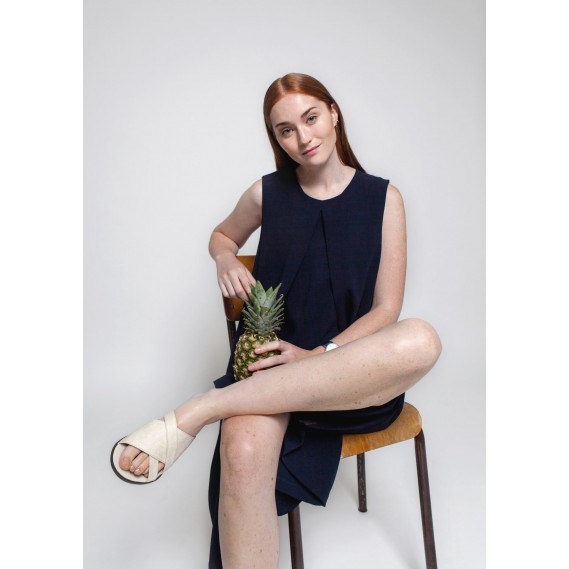
Victoria Piñatex, Bourgeois Boheme
A relatively new textile (and a welcome alternative to conventional leather and synthetic leathers made from PVC) that I’m very excited about and hoping to see more of is Piñatex. The brainchild of brand Ananas Anam, Piñatex is made from pineapple leaves, which are a natural by-product of pineapple farming, so there is no additional water or land used required – they are essentially making use of a product that would go to waste. It also means that the farmers who partner with Piñatex earn additional income by selling the leaves. Several brands have launched footwear made from this textile, including Bourgeois Boheme (pictured) and Po-Zu.
Have you tried these eco-friendly fabrics?
Also by Stephanie: Eco-Friendly Alternatives to Plastic Household Items
Related: Sustainable Options for Vegan Leather
Hold Everything & Look At These 5 Utterly Gorgeous, Conscious Sneakers
Get more like this—Subscribe to our daily inspirational newsletter for exclusive content!
__
Photo: Respective brands




